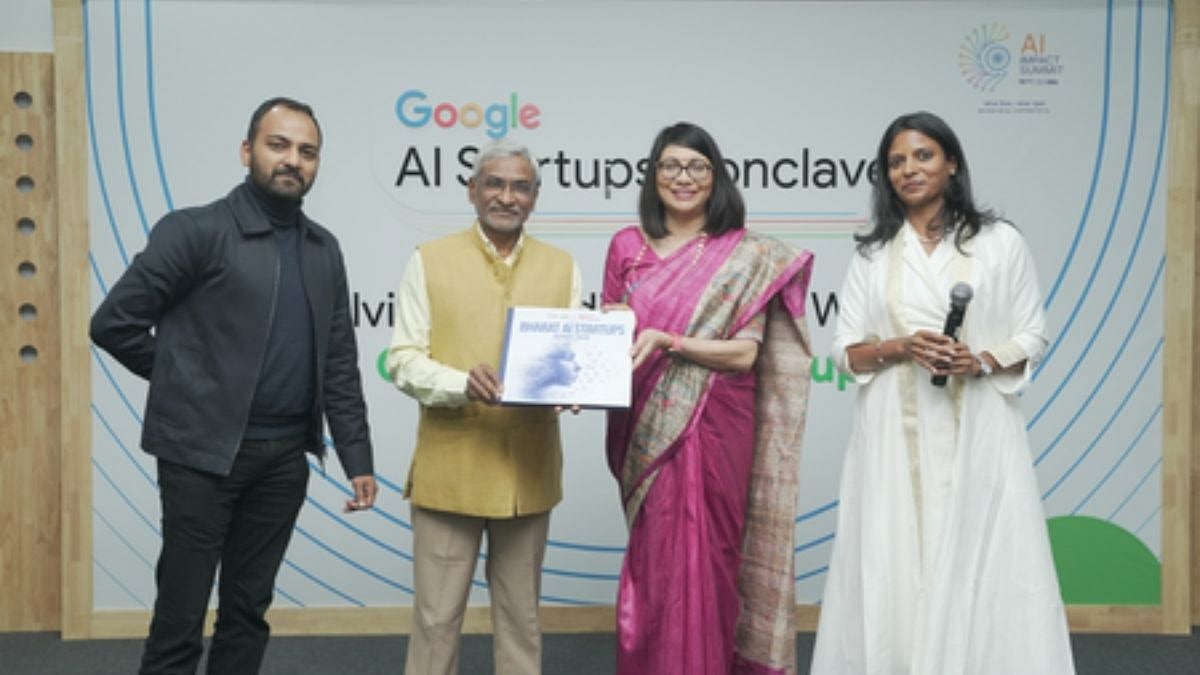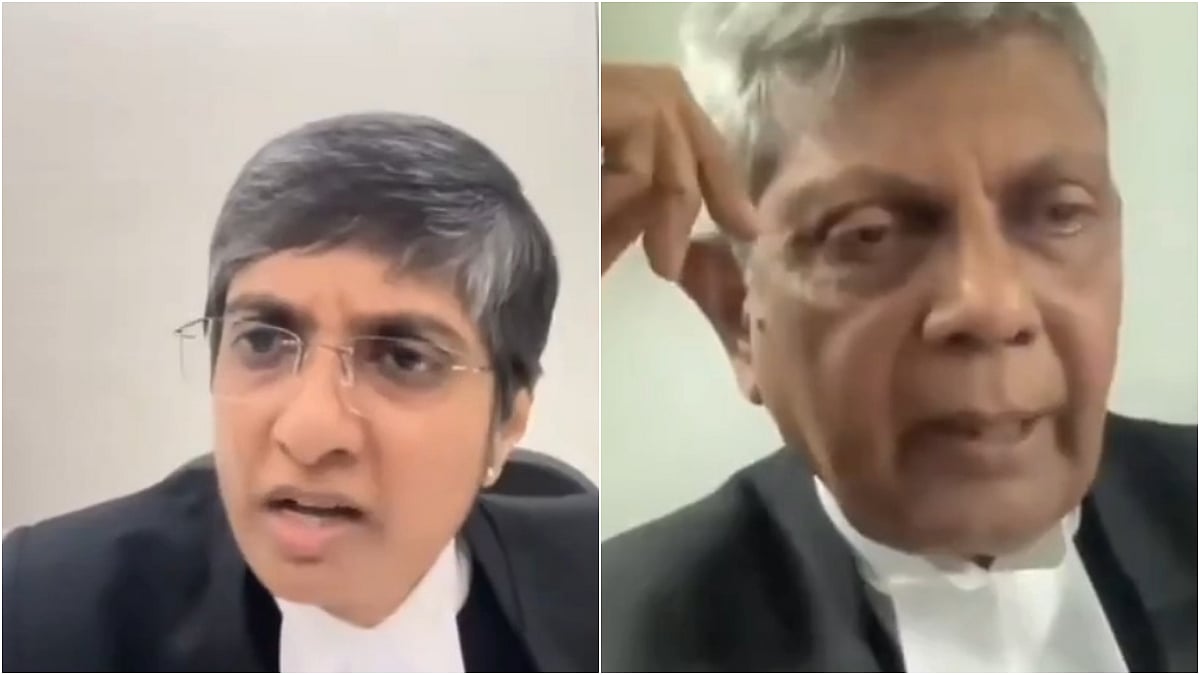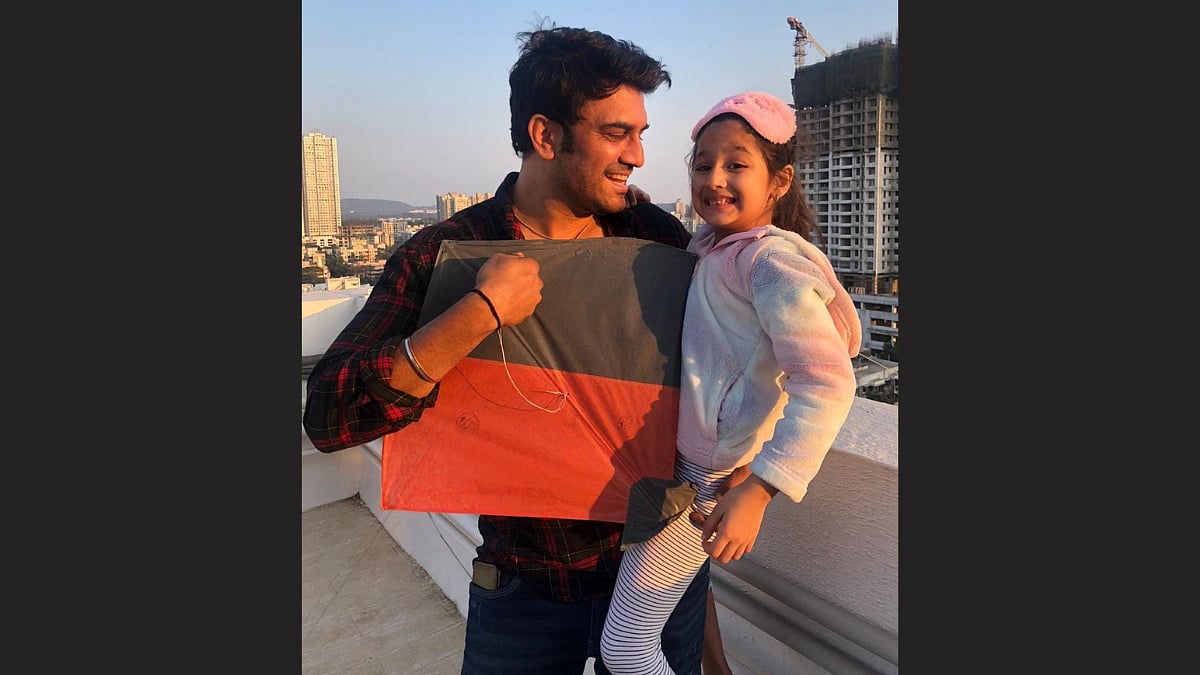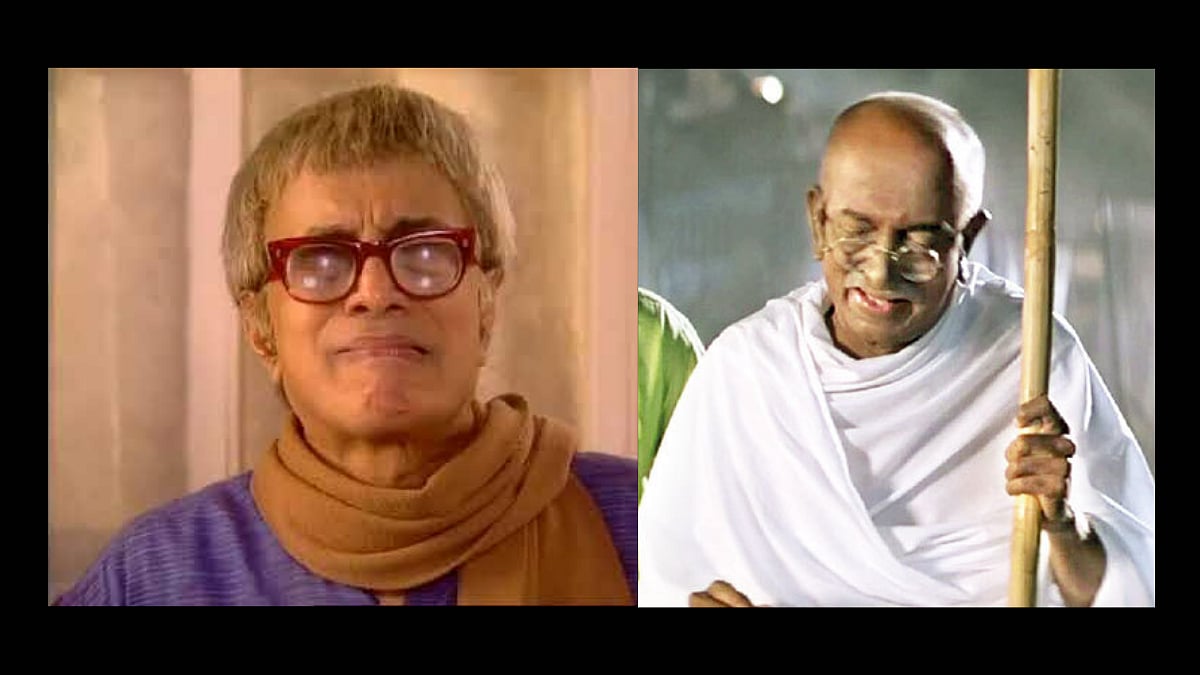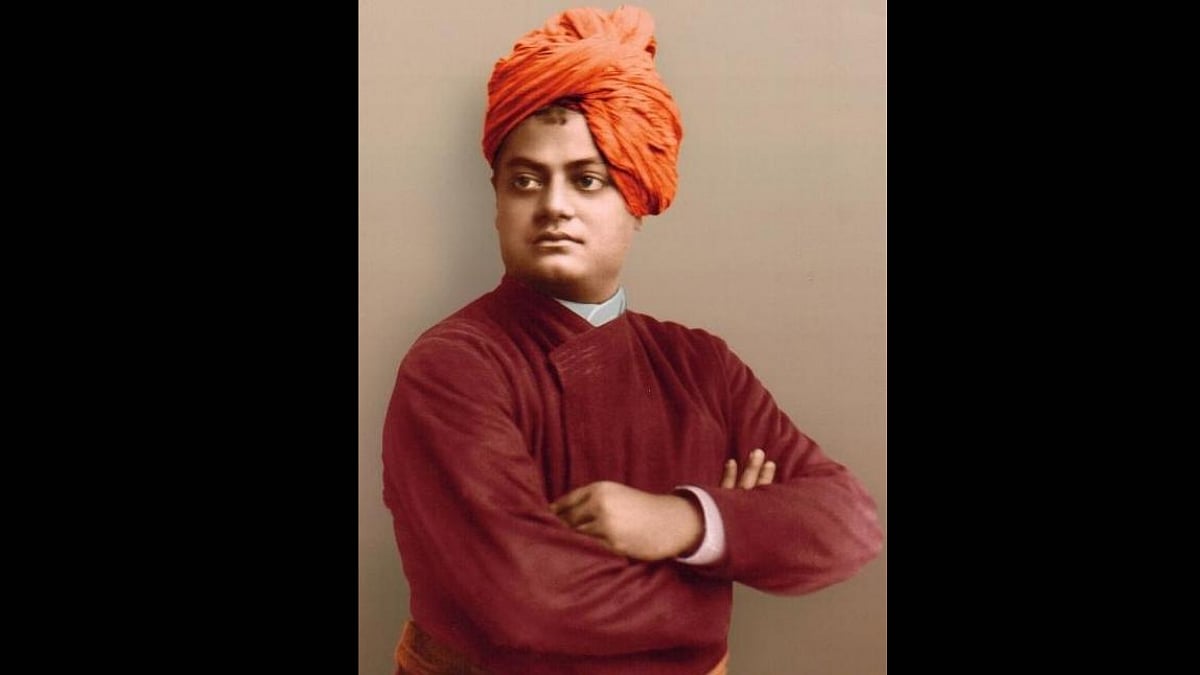Though onion prices continue to loom dangerously high, the news cycle has moved on and the political dust settled, FM Nirmala Sitharaman has unwittingly set off the proverbial casteist cat among pigeons with her "I don't eat much onion and garlic.
I come from such a family which doesn't have much to do with onion" statement. After all her reference to Brahminical imagined purity will not be lost in a land where onion is a staple in most non-Brahmin/ non-Jain (over 95%) cuisines across India, even in the most basic, homely recipes.
Human rights expert and law faculty at Pune's ILS College Dr Nitish Nawsagaray explains: “Such a stand is born of regressive beliefs in caste and faith hierarchies which condemn and look down on certain foodstuffs as untouchable and below them.”

He wondered why the same freedom to choose what one eats or does not (onions in this case) is not extended to beef. “There the state steps in and decides for you that you should not eat it but here the FM gets to shrug her shoulders that onion/garlic don't mean anything to her.”
He laments how this mindset has infiltrated the popular psycho-social and socio-political narratives around food and cuisines too. “Take Maharashtrian cuisine. How many times do you see puran poli or modak being brought up?
These Brahminical dishes are given pride of place and popularised more than something as basic as a thhecha-bhakri or vajari (offal) from the Bahujan/ non-Brahmin food repertoire,” he explains and adds, “It is anybody's guess why the food of a community who are less than 4% of Maharashtra's population is put out there by the ecosystem as the aspirational standard for everyone to emulate.”
He scoffs when asked about posts on non-Brahmin preparations on social media. “This is either like politicians making a photo-op out of eating at a Dalit's home or a case of appropriation. It’s almost like they are obliging the Dalits and non-Brahmins by saying we can't allow intermarriage but see we're eating your food.”
He highlights the agenda of such a position. “They want to ‘otherise’, discriminate and persecute anyone who they think doesn't fit into their homogenised view of what should be eaten, worn, who one has sex with and who one prays to. And when all these fail they even choose to exterminate,” he laments referring to the spate of cow-vigilante lynchings which have rocked the country.
“The arrival of a pro-Hindutva government at the Centre has led to a rise in the number of such incidents,” points out Charkop resident of Mumbai's far western suburb of Kandivali, Jitendra Chauhan, humanities scholar. His wife Ratna reminds him about his keys, wallet, and cellphone. Just when he's ready to say bye, she hands him the tiny newspaper bundle to throw outside far from their building.
It contains the bones of the chicken lollipop the Chauhans had last evening. “My daughter Vidya's very fond of them, but this is a strictly vegetarian housing society with several Jains. So we have to be discreet. Last time we got caught and I had to go to great lengths to deny this was ours.
Now I carry it with me and throw it in the office dustbin,” laughs Jitendra. His wife Ratna reveals that her Jain neighbour does not allow her kid, who is Vidya’s classmate, to eat anything they give him.
“'Woh aap log kaanda-lehsun khaate ho na toh hum log ko nahi chalta hai,' she told me to my face. I have since made my peace with it,” says Ratna, adding, “I only worry about the horrible values of exclusion and bigotry based on food that the parents are handing down as legacy to their child. After all this is the genesis point of the hatred and violence over food habits.”
Prof Avatthi Ramaiah – from the Centre for Study of Social Exclusion and Inclusive Policy at Tata Institute of Social Sciences – reflects on the exclusions that are perpetuated with enforcing dietary conduct.
Exclusion is written in the DNA of India's socio-cultural fabric for centuries. If not caste, class, religion, region, gender, sexuality language or food habits, we will continue to find newer ways to 'otherise' and exclude.”
He also highlights why the Indian context is so different. “Abroad, this is largely about health and though there is a lot of positive reinforcement for avoiding certain foods, it rarely involves exclusion or looking down on people,” he explains.
“Here, linkages to religion and caste and the concept of pure and impure, makes it all more sharp and unique. I know of traditional families where even the utensils used to cook vegetarian and non-vegetarian food are separate.”
Dr Ramaiah calls such food-based exclusion, the creation of “neo-Agraharams.” He explains, “The Brahmin quarter of a village was called Agraharam.
No one else was allowed to reside there. Highlighting how one lives without onions/ garlic/ non-vegetarian in many ways is a modern manifestation of the same concept,” and laments how the state looks away.
“The system rationalises its stance as being in the interests of peace and harmony. Till India becomes fully civilised and learns to live integrated, we have to compromise and make our peace with ghettos.” He also underlines how this does more damage than good in the long run.
“Otherisation and ghettoisation feed off each other and only help fuel hate and suspicion, sowing seeds for further anarchy and feuds that politicians then milk for electoral gains.”


